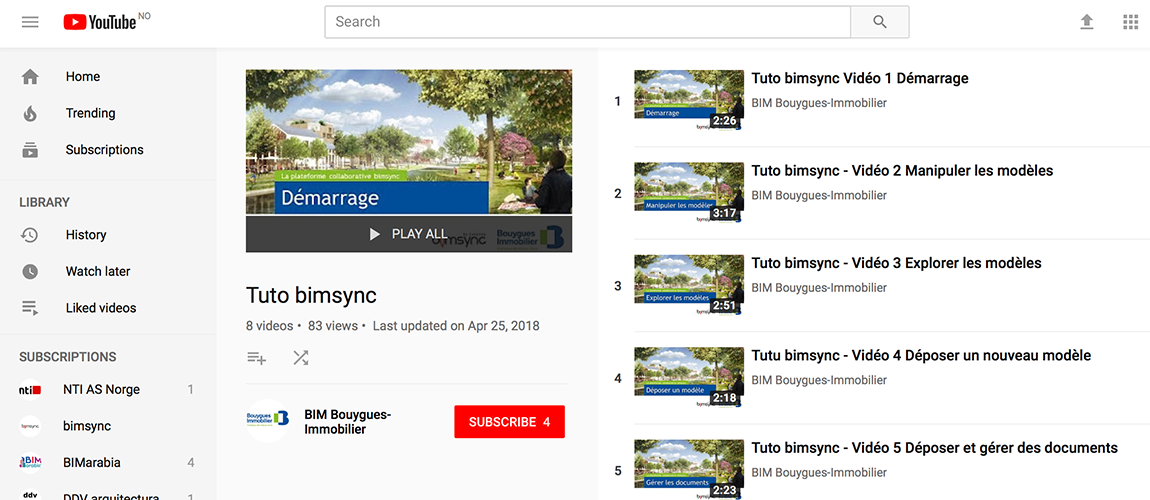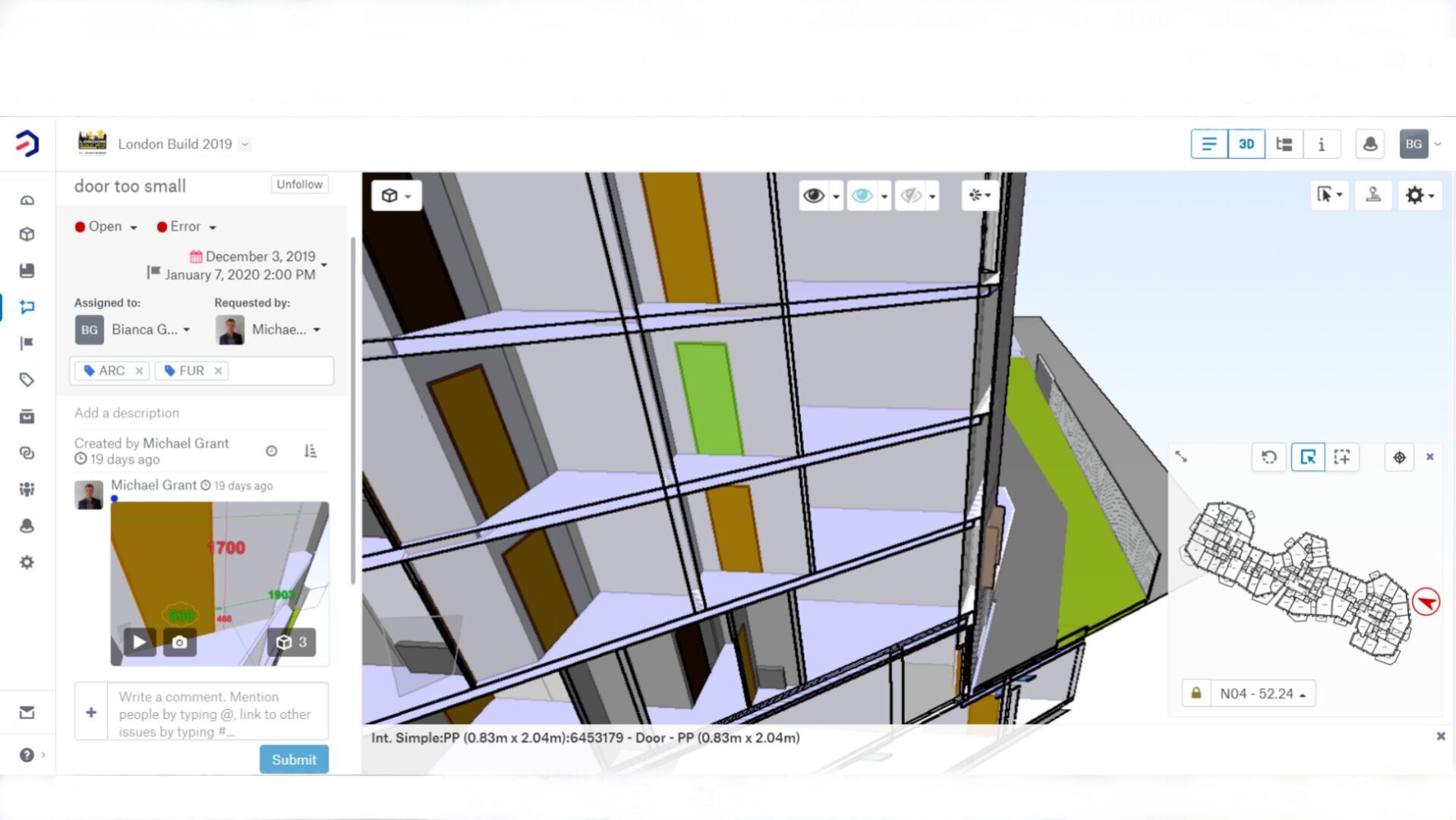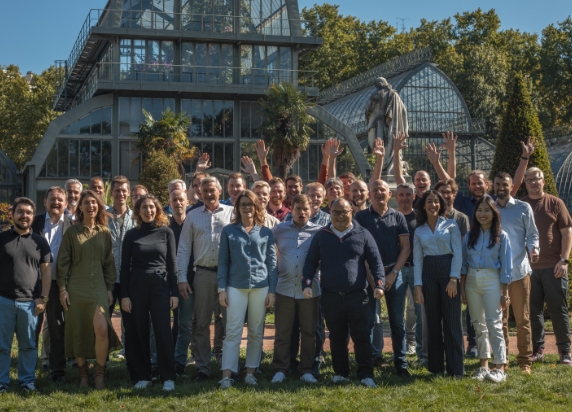The strategic partnership between Beecot and Catenda
We are thrilled to announce an exciting partnership between Beecot and Catenda, aimed at revolutionizing the construction industry through seamless integration and collaboration. This partnership brings together Beecot’s cutting-edge visualization technology and Catenda’s powerful APIs to empower construction professionals with unprecedented insights and efficiency gains.
Beecot visualizes 3D BIM models on location using AR, VR, 3D and 2D. It bridges the gap between the models and the physical building (reality) and provides real estate professionals with a tool to access a Digital Twin. Beecot connects to your DMS, IWMS and issuing platform to unlock all relevant information in one app. It prevents failure costs and rework during construction. In addition, it supports use cases such as BIM-based inspections and model validations and reduces maintenance time.
The integration has been used at the Erasmus University Medical Center, located in Rotterdam, Netherlands.
This medical center is affiliated with Erasmus University and serves as the academic home to its esteemed faculty of medicine. Renowned as one of the largest and most prestigious scientific University Medical Centers in Europe, it stands as a beacon of excellence in healthcare, research, and education.
The task involved assessing the extent of corrosion on the brackets and identifying their specific locations.
Read more about it here.
Check out the video on YouTube.
The integration between Beecot and Catenda
Beecot and Catenda connect via an API, and this integration makes it possible to:
- Seamless Integration
- Enhanced Visualization and Insight
- Efficiency Gains
- Empowering Innovation
Read more about it here.
How does the integration work?
The integration between two SaaS systems in the building/maintenance industry proves immensely beneficial to end users. When employing a BIM workflow, the primary objective is swift data accessibility across all users and locations. With cutting-edge BIM platforms, this objective is easily achievable. However, challenges arise when specific use cases fall outside the platform’s provided features or its intended direction.
End users anticipate a single tool capable of fulfilling all their requirements. For instance, when initially engaging with software like Revit, many assume it can handle tasks such as generating tenders and extensive lists. However, for specialized processes within this industry, dedicated software solutions are necessary.
The inefficiencies and expenses occur where these software solutions fail to interact seamlessly. The ideal solution lies in establishing robust integrations. This means foregoing cumbersome file transfers and instead opting for direct API access, enabling seamless data transmission between the backend of various SaaS systems. Such an approach minimizes data duplication, ideally resulting in a single, authoritative source of data or a primary system.
Moreover, adherence to standardized APIs streamlines the integration process, ensuring swift connectivity and maintaining a consistent structure across multiple integrations. While implementing such integrations may require significant effort, it’s undoubtedly the most effective path forward – the open way.
Learn more about APIs here.




